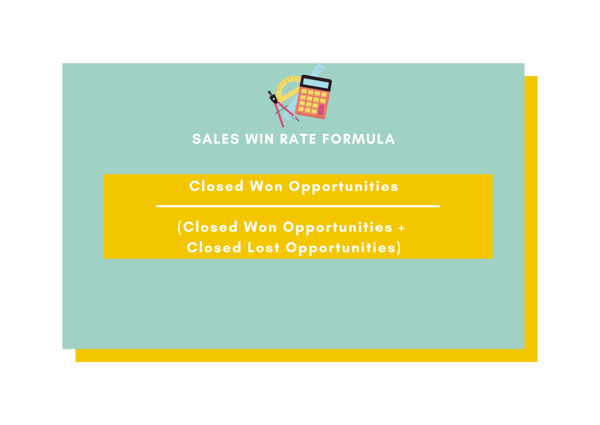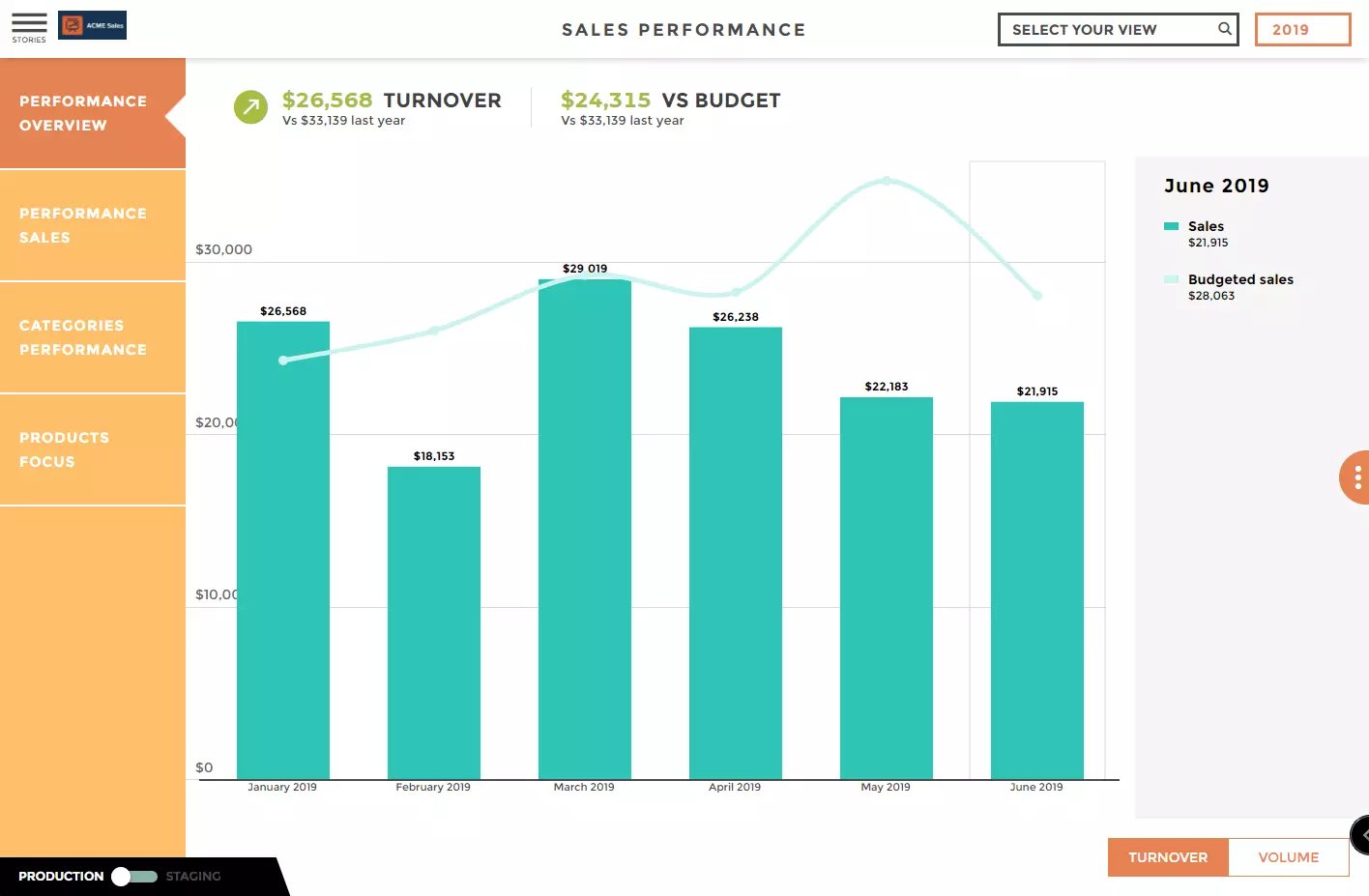Sales Win Rate - What is it?
There are many sales metrics that are important for businesses to track, but amongst the most important is the sales win rate.
When organizations clearly define their target sales win rate, calculate it frequently, and take action based on their analysis, they’re virtually always more likely to be successful.
What is a Sales Win Rate?
The sales win rate is the percentage of late stage prospects (oftentimes, this could be considered all Qualified Sales Opportunities) that closed and became customers, divided by the total number of opportunities or deals in a sales pipeline.
Sales win rates are used to determine the time periods, sales team(s), and win/loss reasons that result in the highest proportion of closed-won business.
How to Calculate Sales Win Rate?
Simple: divide your closed-won deals by all late-stage prospects that either became or did not become customers of your business.
The equation you can use is:
Sales win rate = closed won opportunities / (closed won opportunities + closed lost opportunities)

Calculating your win rate, however, is just the first step. If you want to make the most of this metric, consider the following:
How to Make the Most of Your Sales Win Rate
There are several things you can do to put your sales win rate calculation to good use.
Make sure you understand the “why”: be consistent in your analysis: make sure that you standardize which opportunities you include in your win-rate calculation. This will change depending on your industry or business model, but the main idea is that you should understand which opportunities you include in your analysis and not deviate from it.
- Timing: the interest is there, but the timing doesn’t align with the project
- Need: there was simply no compelling event
- Product: your product or service didn’t meet requirements
- Budget: the asking price didn’t align with requirements
- Competition: lost to the competition (which could include outsourcing or an in-house solution on behalf of the prospect).

Clarify your deal stages: making sure that you understand the buyer’s journey will help you make better use of your sales win rate. This can be accomplished by categorizing various deal stages within the buyer journey that may include (but not be limited to): demo or trial started, demo or trial kick off, quote sent, contracting started
Change up the time periods: calculating your total historical win rate is fine, but its often more impactful to analyze different time periods (e.g. by quarter, fiscal year etc.) so that you can understand how your sales win rate is evolving.
Other Ways to Improve Your Sales Win Rate Analysis
If you add context to your win rate analysis, you’ll be left with a more thorough understanding and path forward.
This includes:
- Monitoring sales win rate over time
- Analyzing sales win rate by geography
- Analyzing sales win rate by customer type (e.g. evaluating success in different verticals or use-cases)
- Understanding competition (e.g. tracking competitors for your opportunities to see how you stack up against the competition)
- Analyzing sales win rate by your lead source
- Other dimensions could include: lead sources, pipeline stages, and so much more!


